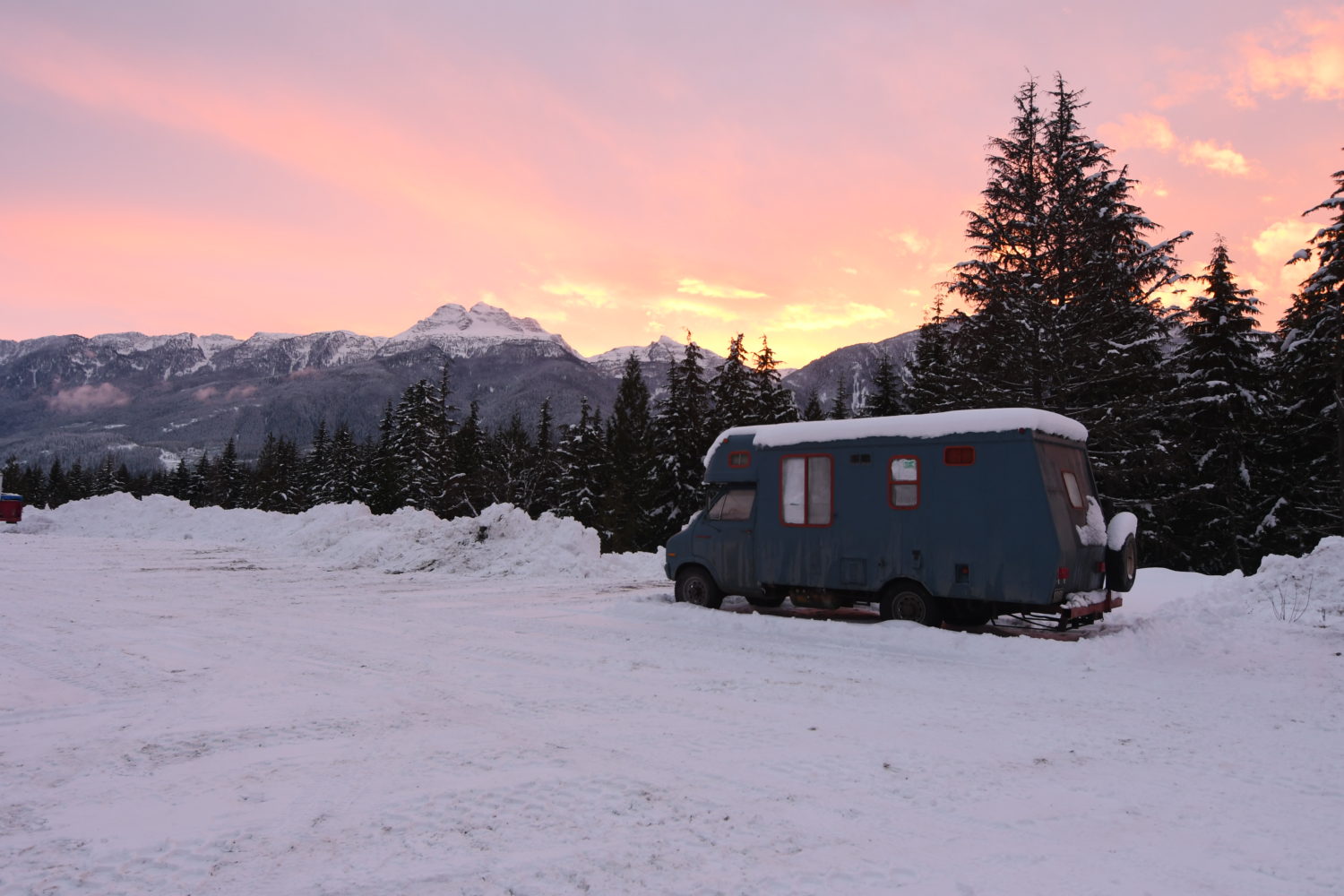
SO…
You’re a so-called ski bum. Maybe you live in a ski town, or town near a resort, or battle it out with the other weekend warriors enough to associate with the periphery of a lenient definition of the term. Regardless, you’ve had epic days…and I mean epic days. The best day(s) of your life. Untracked lines. Free refills. You’re a hero. 007. A Samurai.

Then reality sets in. And it will set in at some point because being a ski bum in the 21st century is not the mythical paradise that the 60-year old locals wistfully romanticize about on the chairlift. Everything in ski towns is expensive: food, gas, restaurants, bars, booze, passes, repairs of any sort, movies, all the gear that you may or may not need, and of course, most of all…HOUSING.
Housing in ski towns is ridiculously expensive and hard to come by (terrible combination, really), and you will inevitably be reduced to tears by scummy roommates coming home raging drunk at 3 am, scummy landlords who make you move for Christmas so they can rent the place out for the week, and an endless cycle of working your butt off to afford everything. Sure, skiing can fit into this, but you’ll be tired from work and won’t be able to shred your hardest when you’re out on the mountain.
No place is American income inequality more obvious than ski towns. Jackson Hole has the highest income discrepancy out of any town in the whole country. Folks in Telluride and other awesome towns work 50 hours a week juggling 10 tables full of demanding customers and are forced to look at real estate ads for 30 million dollar houses while they read the Daily Planet.
Soon, however, there’s a whole other set of issues nagging at you like a monkey on your back. You’ve been working so hard to live the life, but the snow is bad and you’re aching for powder. No snow here for three weeks. But wait! It’s snowing right over there, just 6 hours away, huge powder days ahead, and you won’t be missing anything at your home mountain.
Alas, you’ve got to work, and besides, even if you have a car, hotels are expensive as hell, there’s too much planning, you can’t get passes, and the dream just melts away.

When people find out I live in a van, they are always super stoked, but they usually ask at some point, isn’t it cold, or generally difficult and uncomfortable? Where do you park? Do you cook? How do you poo? Do you have 4×4? How old is it? That thing drives? Etc., etc. A barrage of questions of the things that people see as being necessary conveniences in their lives.
Actually, however, living in a van is so much easier than any expensive alternatives, because I’d happily trade away relatively unimportant conveniences – relative to skiing, that is – for the freedom to ski and travel as much as I please.

Everything You Need To Know About Living In A Ski Van:
1. What van should you buy?
This question is highly relative and difficult to answer. Basically, it depends on how much money you have and what level of discomfort you are willing to take. The cheapest working RV’s can be had for 2-3K on Craigslist, but they won’t get you very far. The more expensive, jacked-up sprinters can run above 50K, but then, frankly, you cannot call yourself a ski bum and you probably aren’t considering driving around chasing powder anyways. Winter is hard on a vehicle, especially the permanent blizzard that you are seeking out with your van. That said, there are a few necessities for your van if you want to live full-time:
- Furnace, or better yet, a woodstove. These are pretty standard in RV’s but not vans. Without a source of heat, none of your gear will dry and all of your stuff will be constantly frozen, including your own person. Woodstoves are ideal for keeping very warm and drying gear, but almost always require self-installation and can be a fire hazard. Also, all of your stuff will smell like woodsmoke, all the time.
- Kitchen. If you don’t cook your own food, you’re going to be hemorrhaging cash. A small kitchenette will usually have a sink, a two or three burner propane stove, an oven, and a refrigerator. Perfectly sufficient to make surprisingly gourmet meals.

- Storage. The van will get really, really messy if you don’t have storage units to put things when you’re not using them. These can be easily built if they don’t exist already.
- Decent bed. Ski bums are aging men (or women) who need beauty sleep after a hard day in the mountains. Do not skimp on a bed. Good support and enough room are key. You will seriously regret it if your bed is not up to par.
- Winter tires. You don’t need a four-wheel-drive unless you plan on driving unplowed logging roads or other remote backcountry access points. Don’t drive in blizzards. To some extent, having 4×4 is like having an avy bag and feeling emboldened to ski more dangerous terrain. Vans are heavy and will handle as well as a passenger vehicle or truck, and there are other drivers, wildlife, pass closures, other accidents, and a multitude of other issues to worry about when storm driving in the mountains. If it’s nuking, you should already be at your destination getting a good night’s rest before the next morning’s powder day. If you can afford 4×4, go for it, but they can be very expensive. However, without winter tires or some kind of deep tread tire, you’re going to run into trouble.
- No Leaks. Try to get a van with no leaks. It will start leaking at some point, but you should be able to get some good months out of it before having to bust out the caulking gun.

2. Where should you park?
Parking your van can be difficult at times but is actually fairly easy once you know some tricks.

- The golden rule: Always move around. If you move every night, you can park in basically any parking lot. You could probably get away with parking at the police station. Leaving your van in a spot for two, three, four days can get you into trouble. Bars, grocery stores, strip malls, Motel 6’s, public areas like Recreation Centers, resort parking lots, hotel parking lots, truck stops, fast food joints, commuter lots, and even some gas stations are all viable options any given night if you’re in a pinch.
- Get up early. Most everywhere will say No Overnight Parking, No Camping, No Parking 3 a.m. – 7 a.m., etc. Getting up and heading into the mountains early in the morning will ensure that you are in the clear, on the off chance you would actually be bothered.
- Never leave your van on a street that says ‘No Parking’, especially in the winter. This is for plowing and they will enforce it.
- Many resorts will allow you to park at the resort. Here is a list of at least 17, with several more in the comments section. Add to that list Mammoth, where you can park at the Mill Creek lot. Telluride is technically not allowed but very easy to get away with in town, maybe not mountain village. Jackson is very easy to get away with, although technically not allowed. Let’s put it this way: I have succeeded at every resort I’ve tried.
- Stay under 22 ft. That way you’ll legally be allowed to park in any spot, like a passenger vehicle. When you have a whale of an RV things start getting technical and weird.
- Meet people. In addition to the fact that meeting people is awesome, sometimes they will let you park at their place.
- Earplugs. You need ’em. Powder means plows. Especially if you park in a parking lot at a resort or otherwise. With earplugs, the worst-case scenario is you dream of tanks and warfare but still get to sleep.
- Don’t fog the van. The van will get foggy as a result of moisture building up inside. Try to prevent this from happening. The authorities know that foggy vans equate to people camping out. You can mitigate this by cracking a window or a vent.

3. Passes
Passes are expensive and you’re really not going to want to be buying day passes, so you’ll have to do a little planning to maximize your skiing and minimize the cost.
- Buy a season pass somewhere. This will be your home mountain. It’s good to have a mountain to be able to ski whenever you want. The Ikon Pass could be a great option, being able to ski unlimited days at a plethora of resorts.
- Buy a multi-resort pre-purchase pass like The Mountain Collective, MAXX Pass, etc. Generally, you get a certain number of free days and a discount after that, which makes skiing at a mountain more than a few days sustainable. Once you have a season pass and one of these multi-resort deals, you can pretty much go where you need to go to slay the goods.
- Intersperse your trips with backcountry days. If you’re into this kind of thing, it can be a great way to feel out the ski culture of a place without paying for a pass. It’s also just amazing regardless of price and the best runs of your life will be backcountry runs.
4. Hygiene
If you’ve ever been really dirty, you know that the desire to get clean can be as bad as if a really smelly person was following you around all day. Going for a hike in the backcountry can be especially bad, as the combination of winter layers and heavy sweat gives a sweet, powerful life to those microbes.
- Showers. Showers are easily available in every place I have been over the past several months. A quick internet search will shed light on the number of options, but there are usually plenty of hotels, campgrounds, rec centers, aquatic centers, and other places that you can pay a few bucks and shower of in. Friends are a great resource for showers. You can also poach showers the same as you can poach hot tubs and other amenities from unsuspecting normal people.
- Laundry. Very important to stay on top of this. Laundromats are available everywhere but are increasingly becoming thinned down to one or two per ski town.
- Clean the van. Cleaning your van and washing out your sheets and other items frequently will keep a fresh atmosphere and make you and your home smell that much better. Cooking also helps the van smell better. I don’t always smell great, but my van, amazingly, does. Much better than many college dorm rooms back in the day. The trick? Cleanliness.
5. Cooking

I mentioned the necessity of having a kitchen earlier, and I must reiterate this. You do not want to be going out to eat all the time. restaurants use high amounts of seed oils, salt, sugar, processed food, and other techniques that make their food taste good. However, it’s not good for your health or your wallet. Home-cooked meals will keep you fitter, improve recovery time after seriously hard adventures, and save you time throughout your day.
- Make one thing to last several meals. This saves you time and energy, while still allowing you to enjoy the benefits of eating a home-cooked meal. It also saves on cleaning and washing dishes, which can be a hassle (try doing this at a buddy’s house if you can).
- Buy bulk ingredients. Rice, beans, pasta, and tomato paste are just a few examples of the many goods you can get bulk for cooking. Non-perishable and canned goods are your friend, and can be stored for use at any time, as opposed to having to run to the store every few days and pay higher, ski town grocery prices. Costco is great for this.
- Prepare lunch and bring it to the mountain. What’s worse than paying $16 for a crappy burger at a mountain eatery? Missing powder because you have to stop and get food. Brown bag lunch and snacks and you won’t even have to stop skiing. Many times going to the store will be more of a chore than usual because if you’re serious about getting after powder, you will be having many, many good days and really won’t want to stop.
6. Miscellaneous Other Tips:
- Keep the van dry. Moisture in its frozen form is what you’re after, but humidity in your van is the bane of your existence. Damp does not equate with comfort when it comes to sleeping or putting on cold clothes. Dampness can be mitigated by keeping water out of your van – clean out your skis, boots, and don’t boil water without a window cracked.
- Insulate the van. Just putting thermafoil or blankets over the windows makes all the difference. This will save money on heating and keep the van that much warmer.
- Have tools. Things will break, and you will fix them.
- Tire chains. Just in case, these will get you out of many a sticky (or not so sticky) situation.
- Be a weatherman. Properly chasing powder requires intimate knowledge of weather happenings. You can’t just go somewhere because they are forecasted to get lots of snow. What are the snow levels? What are the wind speeds? Big snow and high winds or rain can shut down resorts due to avy danger. Imagine you drove all that way and found the powder locked away! Chase conditions, not numbers.

Those are the basics of becoming a van-dwelling, ski-bum powderhound. I’m sure I will think of things and update from time to time. However, I must say that having this and any other research you can find online or person-to-person will shave months off the learning curve.
With that, stay safe, be smart, but push yourself to do things you’ve never done before and learn about yourself and life from a perspective that few people share, but that may ultimately be the perfect window into life, society, and the world we live in.


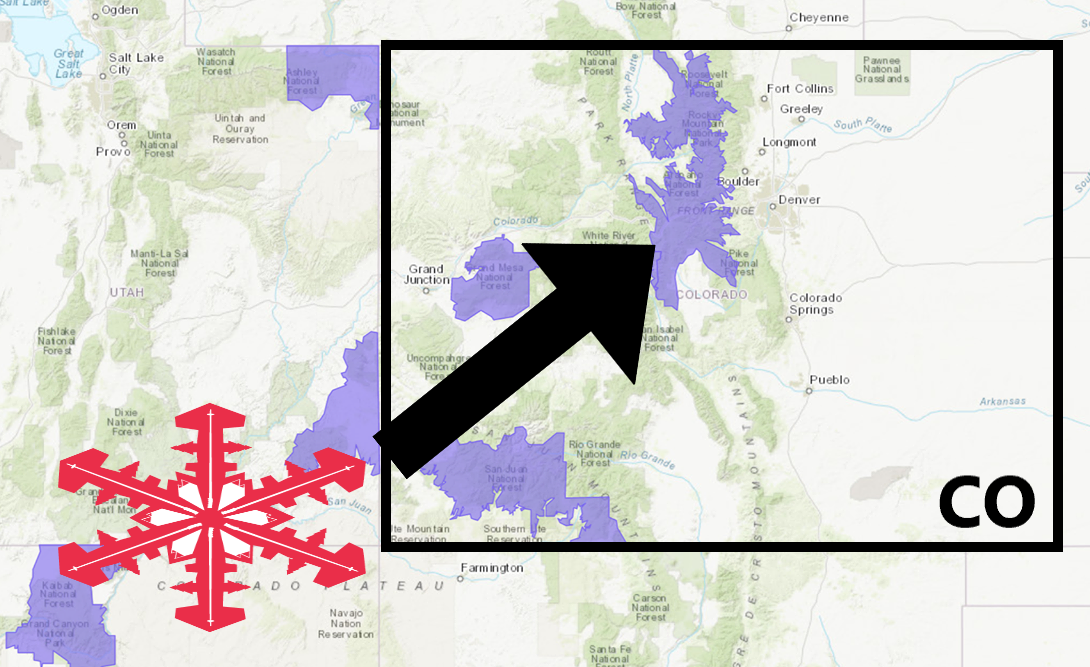
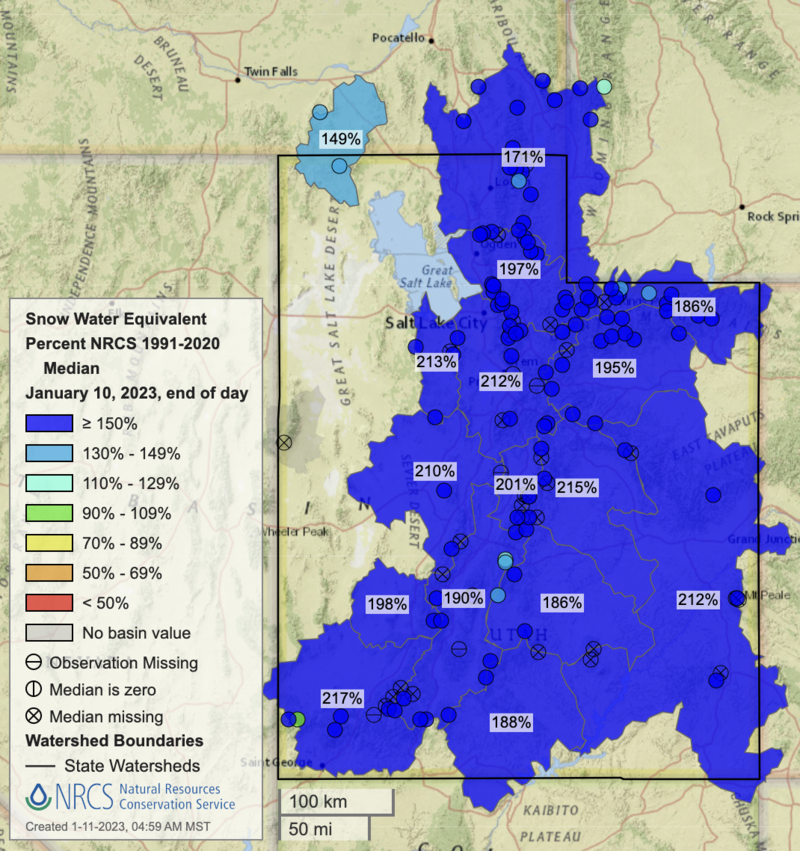
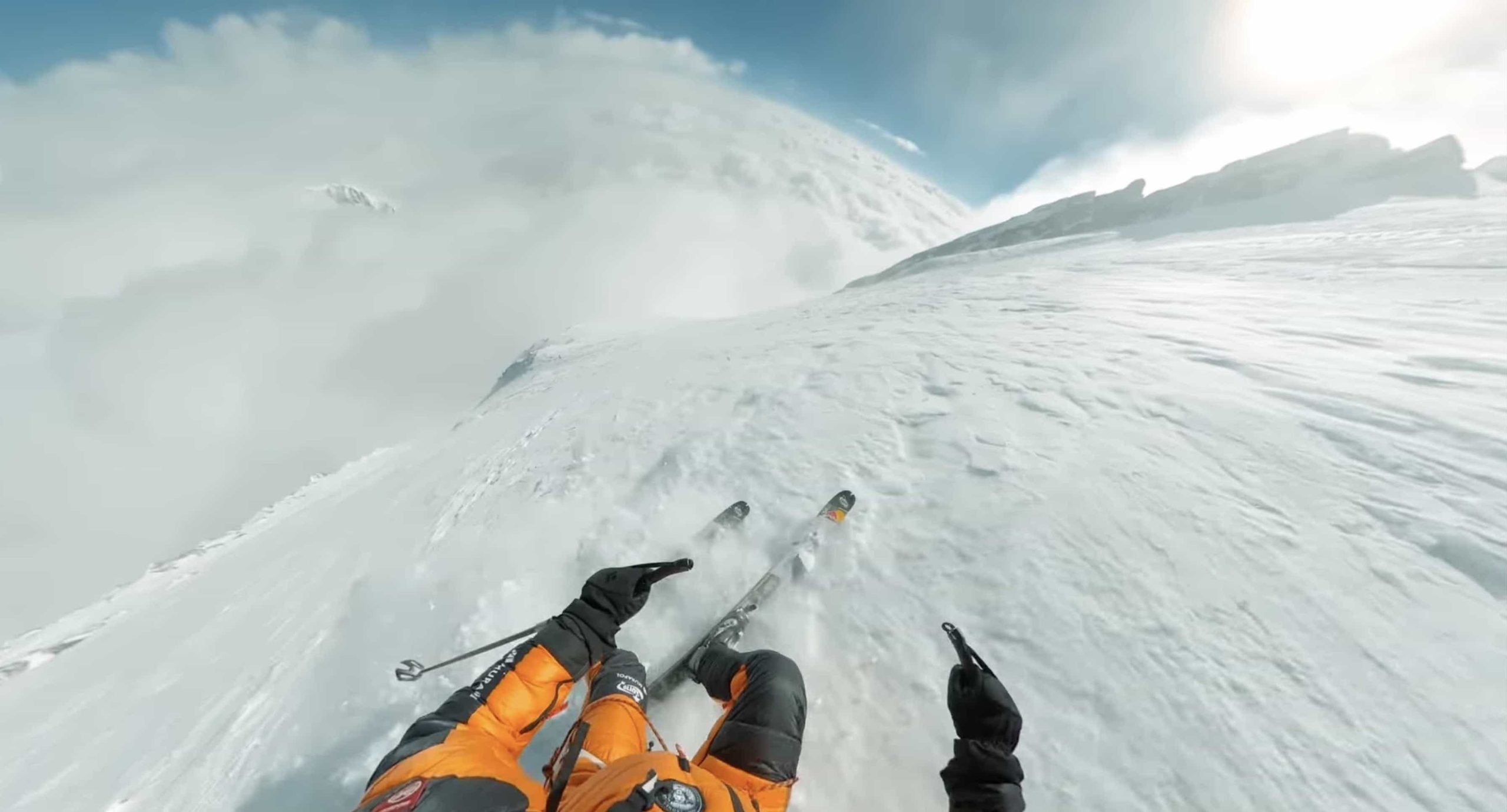
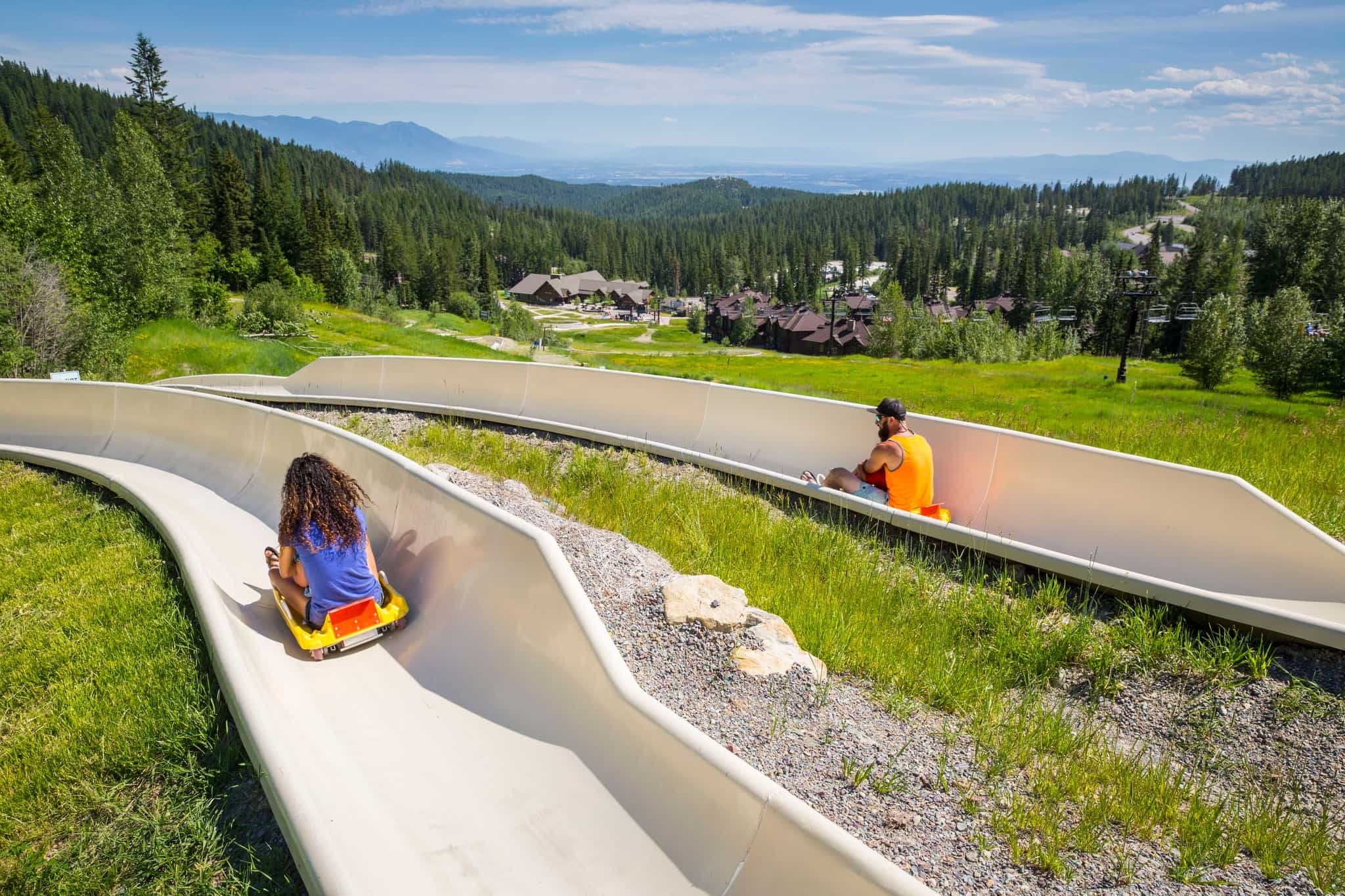
Ah, I remember those gyozas!
You mentioned a list of ski areas that allow RV parking? I don’t see it.
I see you put adds on your site. Do they produce real revenue for you?
Timely recycling of this article. I would have to be the one to get 4X4 because of my experiences with traction loss driving AWD on frozen-ice-sheet roads on non-storm days (US 40 in west CO/east UT driving between SLC and Steamboat is always bad). Also may help leaving the resort parking lot where the plow drivers think it is funny to make a berm around your vehicle (Squaw, Park City).
No mention of using a Buddy propane heater! Solves the moisture problem and it’s heat with no power!
Does a mr.buddy heater not create moisture? I figured because it burns propane it would. I have a mr.buddy and a portable mr.buddy and love them both but from what everyone has told me it isn’t as dry as a wood stove
Mr. Buddy Heaters create A LOT of moisture. Like an unbelievable amount. I recommend a Cubic Mini Wood Stove personally.
Nice!
I’m not a ski bum, but I’ve been van living non-stop for a couple years, including winter conditions. I think you got it covered here real good. The only place I differ is on the cooking. Vanholio’s content to eat Soylent and cold foods, like cheese sticks, fruit, and trail mix. But I’d say I’m exceptional in that. And yes, you don’t want to blow your money or health eating out all the time.